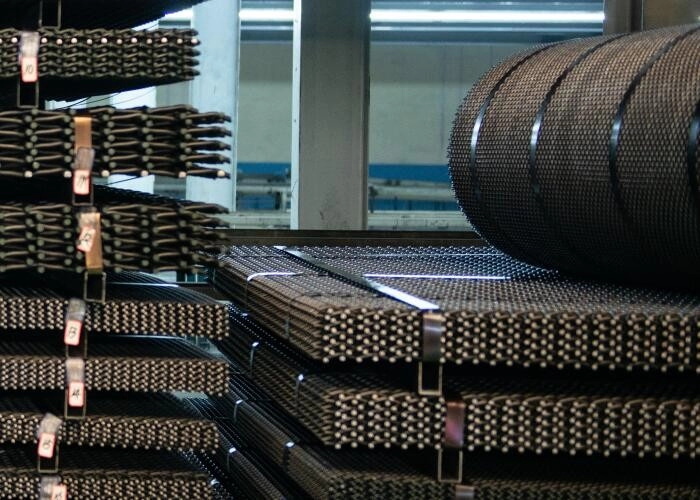
Analysis and solutions to the causes of screen clogging
During normal operation of the vibrating screen, variou [...]
During normal operation of the vibrating screen, various forms of screen holes will be blocked due to the various characteristics and shapes of the materials. The main reasons for blockage are as follows:
1. Contains a large number of particles close to the separation point;
2. The material has high moisture content;
3. Spherical particles or materials with multiple contact points for the sieve holes;
4. Static electricity will occur;
5. Fibrous materials;
6. There are more flaky particles;
7. The wire diameter of the woven screen is too thick;
8. For thicker screens such as rubber screens, the hole shape design is unreasonable and the top is small and the bottom is not large, causing the particles to get stuck. Because most of the material particles that need to be screened are irregular, the causes of blockage are also various.
In order to effectively prevent the clogging of the vibrating screen mesh, measures should be taken to address the above reasons for clogging of the screen holes:
1. When the material has finer particle size, more mud content, and smaller screening particle size, moisture plays a decisive role in clogging the screen.
2. When the moisture in the material is greater than 5%, if the material is to be dried unconditionally, the screen surface and screen holes should be selected accordingly.
3. When the moisture content is greater than 8%, wet screening should be used.
4. For materials with more flaky particles, it is necessary to change the material crushing method and the particle size matching of different crushing methods.
Reasonable adjustment of the screen tension is an effective method to reduce screen clogging. Reasonable tension causes the screen and the support beam to produce slight secondary vibrations, thereby effectively reducing the occurrence of clogging. The specific method is as follows: The tensioning hook is made into a constant force tensioning mechanism, that is, a spring is installed on the tensioning bolt.


Please login to write a comment after